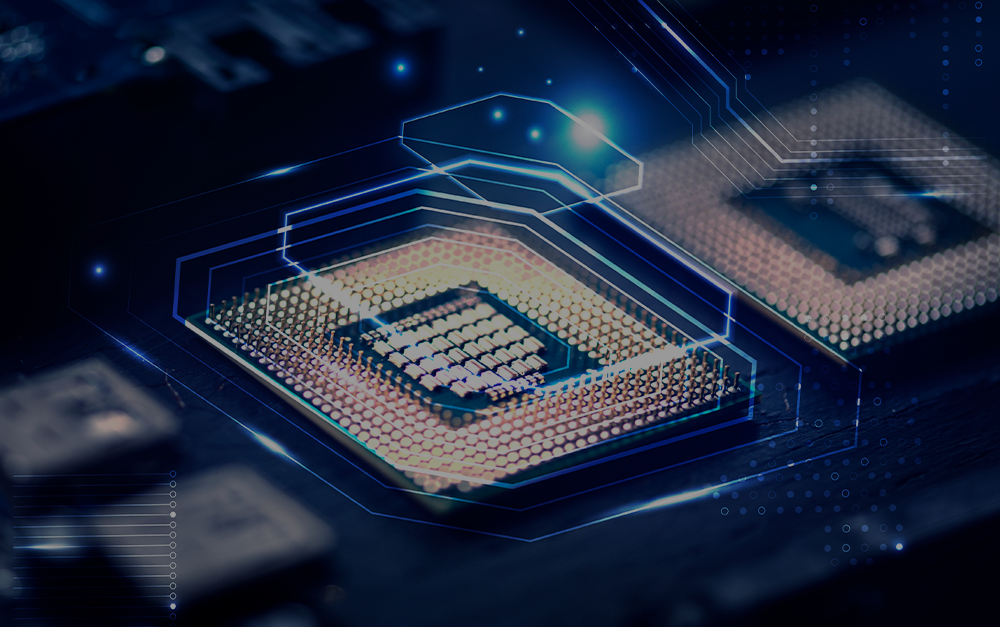With over two decades immersed in the
dynamic world of manufacturing, I've witnessed a seismic shift in how we
design, produce, and maintain products. The advent of Industry 4.0 has ushered
in smart technologies that redefine efficiency and innovation. Among these,
digital twins stand out as a groundbreaking development. They are not mere
trends; they are the very keystones of the factories of the future.
The advent of digital twin technology
stands as a beacon of innovation in the manufacturing industry, signaling a
transformative shift towards Industry 4.0. This blog delves into the expert
viewpoints on how digital twins are not just reshaping the landscape of
manufacturing but also setting the stage for a more efficient, sustainable, and
data-driven future.
The Essence of Digital Twins:
At its core, a digital twin is a dynamic
digital replica of a physical system or process that serves as a mirror to the
real-world entity it represents. Through this virtual model, manufacturers gain
the power to simulate, monitor, and analyze their products or processes in real
time. The manufacturing industry is notoriously capital-intensive, where
equipment downtime can cost companies up to $260,000 an hour according to
studies by the Aberdeen Group.
Digital twins are changing the game. They
enable us to predict failures before they occur, with the potential to reduce
downtime by up to 35-45. By creating a virtual mirror of physical assets,
manufacturers can save up to 12% on scheduled repairs, reduce maintenance costs
by nearly 30%, and eliminate breakdowns by 70-75% as per Deloitte's insights.
Data-Driven Decision-Making:
The unanimity among experts on the utility
of digital twins lies in their ability to enable data-driven decisions. By
harnessing real-time data, manufacturers can optimize their operations,
reducing guesswork and inefficiencies. The virtual environment of a digital
twin allows for extensive testing of scenarios, which was once a
resource-intensive process, now done with speed and precision.
The traditional prototyping phase can be
lengthy and costly. Digital twins streamline this process, slashing the time to
market by an impressive 50%, according to a recent survey. By enabling virtual
trials of designs under different conditions, the need for physical prototypes
can be reduced by up to 25%. The result? A 15% improvement in product
development efficiency, which is a game-changer in a market that demands rapid
innovation.
Integration: Navigating the Challenges:
Digital twins don't exist in isolation;
they need to be integrated into the existing digital ecosystem of an
enterprise. Experts emphasize the importance of overcoming integration
challenges, advocating for a step-by-step strategy that includes both technological
adaptation and organizational change management. The goal is a seamless
integration that synchronizes the digital twin with live operational data.
Economic Justifications: A Cost-Benefit Perspective:
The investment in digital twin technology
is substantial, but so are the returns. Through detailed cost-benefit analyses,
industry leaders justify the upfront costs with long-term gains in efficiency,
reduced downtime, and enhanced product quality. The consensus is clear: the
initial investment is dwarfed by the potential savings and value generation in
the long run.
Visibility is vital in the complex supply
chains of today's manufacturing environment. It is estimated that by 2023, 50%
of large manufacturers will have at least one digital twin initiative for their
supply chain. These digital replicas can enhance decision-making accuracy by
20%, as they provide a real-time view of inventory levels, logistics, and
production flow. This interconnectedness can lead to an estimated 10%
improvement in efficiency, bolstering the ability to navigate disruptions,
which has become a priority for 75% of manufacturers, according to a survey by
SCM World.
Custom Software Solutions: The Tailored Approach:
Off-the-shelf solutions often fall short in
meeting specific needs. Custom software development becomes essential, as it
allows for the creation of digital twins that are perfectly aligned with unique
manufacturing processes. This customization enables manufacturers to address
their specific challenges and leverage the full potential of digital twin
technology.
We are entering an era of mass
customization, and digital twins are at the forefront. They allow for the
production of personalized products with 20% higher margins. Implementing a
digital twin can lead to a reduction in changeover times by as much as 50%,
enabling a more agile response to consumer demands. In fact, companies
leveraging digital twins have seen a 30% improvement in cycle times, making
personalized manufacturing a viable and profitable strategy.
Cybersecurity: Safeguarding the Digital Replica:
With the digitization of manufacturing
processes comes an increased risk of cyber threats. Cybersecurity experts
within the industry are vocal about the need for stringent security measures to
protect the integrity of digital twins. They emphasize the importance of
safeguarding intellectual property and sensitive data that digital twins
handle.
Human-Centric Design: Enhancing Workforce Capabilities:
Digital twins, according to human resource
and organizational behavior specialists, should be designed with a
human-centric approach. They stress the importance of these systems working
alongside human operators, enhancing their capabilities, rather than rendering
them obsolete. This approach ensures that the workforce remains an integral
part of the digitally transformed manufacturing process.
Sustainability: A Step Towards Greener Manufacturing:
Environmental sustainability is another
area where digital twins are making a mark. By modeling and monitoring energy
consumption and waste production, digital twins help in identifying ways to
reduce the environmental footprint of manufacturing activities. This
eco-friendly approach is becoming increasingly important as industries
worldwide strive for greener operations.
Sustainability is not just good ethics;
it's good business. Digital twins can play a pivotal role in creating
sustainable manufacturing practices by optimizing energy use and reducing
waste. They can contribute to a 20% decrease in total energy costs and help
companies meet regulatory standards, avoiding potential fines that can amount
to 1-2% of annual revenues. Moreover, with the help of digital twins,
manufacturers can improve resource efficiency by up to 15%, proving that what's
good for the planet is good for the bottom line.
Regulatory Compliance: The Ethical Compass:
In industries where compliance is
non-negotiable, digital twins offer a strategic advantage. Regulatory experts
point out that digital twins can help ensure products and processes adhere to
strict industry standards and regulations, thereby avoiding costly violations
and ensuring ethical manufacturing practices.
The Future of Work: Reshaping Manufacturing Roles:
Thought leaders and technology innovators
discuss digital twins in the context of the future of work. They foresee a
redefinition of manufacturing roles, with a higher demand for skills that
complement digital twin technology. The future, as they see it, is one where
interactivity with digital systems becomes as commonplace as manual tasks are
today.
Collaboration Across Disciplines: The Interconnected Fabric:
Finally, experts advocate for
interdisciplinary collaboration to unlock the full potential of digital twins.
They envision a future where IT, operations, design, and maintenance teams work
in unison, guided by the insights provided by digital twins. This collaborative
environment is predicted to be the hallmark of future-ready manufacturing
firms.
Conclusion:
Digital twin technology is more than just a
trend; it is a strategic investment that propels manufacturing into a new era
of innovation and growth. As industry professionals from various sectors
converge on the importance and impact of digital twins, one thing is clear: the
path forward is digital. Manufacturers who embrace this technology will not
only future-proof their operations but also gain a competitive edge in an
increasingly complex and challenging marketplace.
In navigating this digital transformation,
the insights of experts provide a roadmap for successful implementation. It is
through the collective wisdom of data scientists, cybersecurity professionals,
human resource experts, and environmental advocates that the full spectrum of
digital twin benefits is realized.
As we stand on the brink of this digital revitalization,
the manufacturing industry is poised to undergo a transformation, with digital
twins at the heart of this evolution. The future is here, and it is intricately
linked to the mastery of digital twin technology.
Harnessing the Power of Diverse Global Insights and Revolutionary Research Techniques
At Astute Connect, we pride ourselves on our global market research teams, whose diverse expertise spans continents and industries. Our innovative methodologies and unique perspectives converge to deliver bespoke solutions, tailored to meet every nuance of your business needs, ensuring not just growth, but a trajectory towards industry leadership
Contact Us


